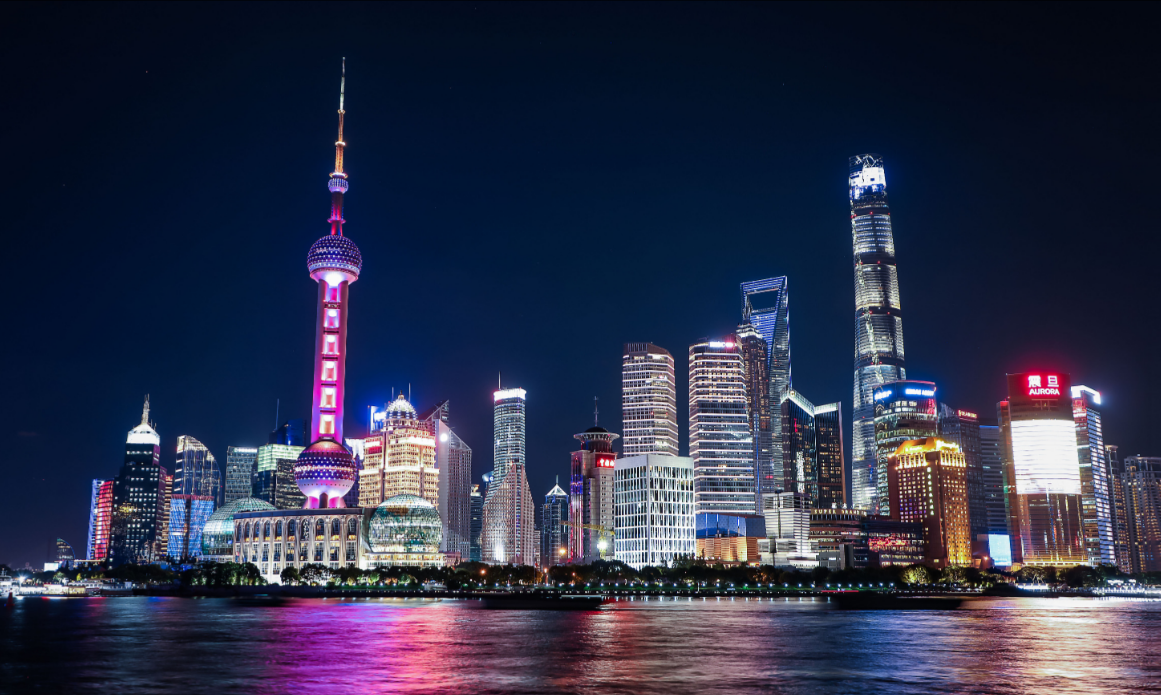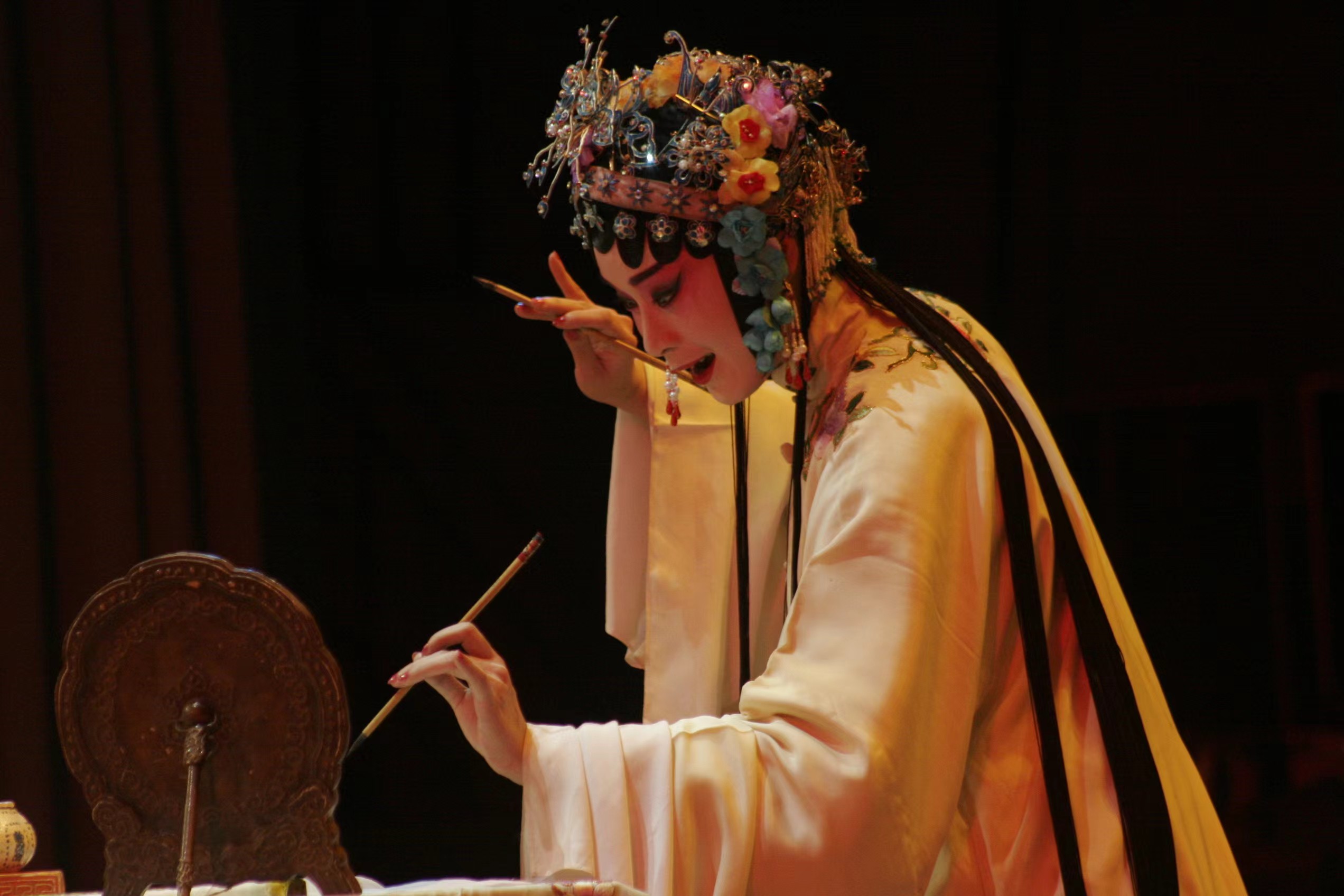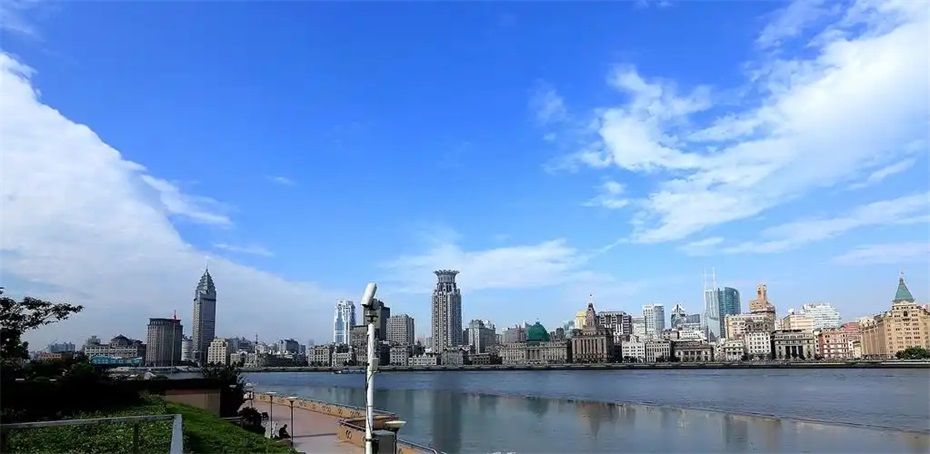Shanghai City
Overview of Shanghai City

Shanghai, abbreviated as "Hu" or "Shen", is one of the four municipalities directly under the central government of China, a national central city, and an international center for economy, finance, trade, shipping, and technological innovation. The total area of the city is 6340.5 square kilometers, with a permanent population of 24.7589 million people (2022 data). In 2022, the city's gross domestic product will reach 4.47 trillion yuan, continuing to lead the national ranking of urban economic output.
Shanghai currently governs 16 districts, including Huangpu, Xuhui, Changning, Jing'an, Putuo, Hongkou, Yangpu, Minhang, Baoshan, Jiading, Pudong New Area, Jinshan, Songjiang, Qingpu, Fengxian, and Chongming, forming a spatial pattern of "central urban area suburban new city". As the forefront window of China's reform and opening up, national level open platforms such as Shanghai Pilot Free Trade Zone, Science and Technology Innovation Board, and China International Import Expo have successively settled in.
2°Ę Geographical features
1. Location characteristics
Shanghai is located between latitude 30 °„ 40 °š -31 °„ 53 °š N and longitude 120 °„ 52 °š -122 °„ 12 °š E. It is situated at the mouth of the Yangtze River, facing the East China Sea to the east, Hangzhou Bay to the south, and Jiangsu and Zhejiang provinces to the west. The city is located on the alluvial plain of the Yangtze River Delta, with an average elevation of only about 4 meters.
2. Terrain and landforms
Land terrain: The entire area is an alluvial plain with a low and flat terrain
Water area: 16% of the total area
Highest point: Dajinshan Island, with an altitude of 103.4 meters
Islands: Chongming Island (the third largest island in China), Changxing Island, Hengsha Island
3. Water system distribution
Huangpu River: the mother river of the city, with a total length of 113 kilometers
Suzhou River: an important tributary, witnessing industrial development
Yangtze River Estuary: One of the world's largest estuarine deltas
Dianshan Lake: Shanghai's largest freshwater lake
4. Climate characteristics
Belonging to subtropical monsoon climate:
Annual average temperature: 17.6 °ś
Annual precipitation: 1250 millimeters
Significant features: distinct four seasons, simultaneous rain and heat, significant plum rain
3°Ę Historical context
1. Organizational history
During the Tang and Song dynasties: Huating County and Qinglong Town
1292: Shanghai County was established
1843: Opened as a trading port
1927: Establishment of a special city
In 1949, the establishment of municipalities directly under the central government
2. Modern development
Mid-19th century: International Architecture Exhibition during the Concession Period
At the beginning of the 20th century: the rise of national industry
1921: birthplace of the CPC
1930s: The largest metropolis in the Far East
3. Modern and contemporary takeoff
1990: Pudong Development and Opening up
2001: APEC Meeting held
2010: The World Expo was successfully held
In 2013, the pilot free trade zone was established
2018: China International Import Expo permanently settled in
4°Ę Cultural Essence
1. Characteristics of Shanghai style culture
A combination of Chinese and Western styles: the coexistence of Shikumen Lane and skyscrapers
Openness and Inclusiveness: The Multiculturalism Formed by Immigrant Cities
Exquisite and pragmatic: emphasizing quality of life and pragmatism
Innovation and change: the urban spirit of daring to be the first
2. Intangible Cultural Heritage

Folk art: Paper Cuttings and embroidery in Shanghai
Traditional skills: Nanxiang small cage making, Laofengxiang gold and silver fine craftsmanship
Folk culture: Yu Garden Lantern Fair, Longhua Temple Fair
3. Language Features
Shanghainese: Wu dialect represents dialects
Mandarin: Common language
English: Highly internationalized and widely used
5°Ę Tourist destinations
1. Urban landmarks

Lujiazui: Oriental Pearl TV Tower, Shanghai center Building
Nanjing Road Walkway: the first commercial street in China
Yu Garden: Jiangnan Classical Garden
2. Cultural venues
Shanghai Museum: A Treasure trove of Ancient Chinese Art
China Art Palace: Renovation of the World Expo China Pavilion
Power Station of Art
Memorial Hall of the First National Congress of the Communist Party of China
3. Featured neighborhoods
Xintiandi: Shikumen transformation model
Tianzifang: Lane Art District
Wukang Road: Historical and Cultural Landscape Area
Sinan Mansion: Garden Villa Complex
4. Suburban attractions
Disneyland: the first park in Chinese Mainland
Zhu Jiajiao: Venice, Shanghai
Shanghai Sheshan National Tourist Resort
Chongming Dongtan Wetland Park
6°Ę Food map
1. Special features of our cuisine
Braised pork belly in brown sauce: represented by thick oil and red sauce
Sauteed Shrimps in Oil: Classic Home Cuisine
Pickled and Fresh: A Seasonal Delicious in Spring
Babao Duck: Traditional Festival Cuisine
2. Featured snacks

Fried Mantou: crispy bottom with fresh stuffing
Pork rib rice cake: classic pairing
Scallion oil mixed with noodles: simple and delicious
3. Dim sum dessert
Fresh Meat Mooncakes: Mid Autumn Festival Characteristics
Qingtuan: Qingming Festival
Butterflies: Western style Dim sum
Jiu Nian Yuan Zi: Traditional Dessert
4. Food district
Yunnan South Road: Gathering of time-honored brands
Huanghe Road: Our local cuisine is concentrated
Wujiang Road: Snack Street
Changli Road: Night Market Cuisine
7°Ę Development Status
1. Economic strength
Financial center: stock, futures, gold and other trading markets
Trade Hub: The World's Largest Container Port
Technological Innovation: Zhangjiang Science City, Lingang New Area
Headquarters economy: Over 800 regional headquarters of multinational corporations
2. Urban transportation
Airlines: Pudong and Hongqiao International Airports
Rail Transit: Operating mileage of 831 kilometers (2022)
Port: Shanghai Port's container throughput exceeds 47 million TEUs
High speed railway: "m" - shaped railway hub
3. Public services
Education: Fudan University, Jiao Tong University and other top universities
Medical: Leading in the number of tertiary hospitals nationwide
Culture: Museums, art galleries, and theaters abound
Greening: Per capita park green area of 8.8 square meters
From a fishing village and small county to an international metropolis, from an industrial base to an innovation highland, Shanghai, this charming city, is taking the lead and being a pioneer in accelerating the construction of a socialist modern international metropolis with global influence, and writing a new chapter of "city, making life better" in the new era.
simliy
